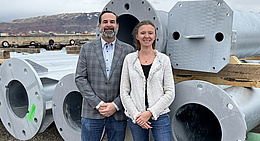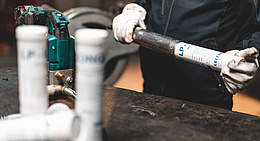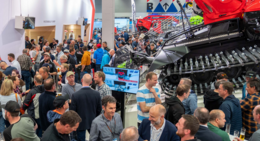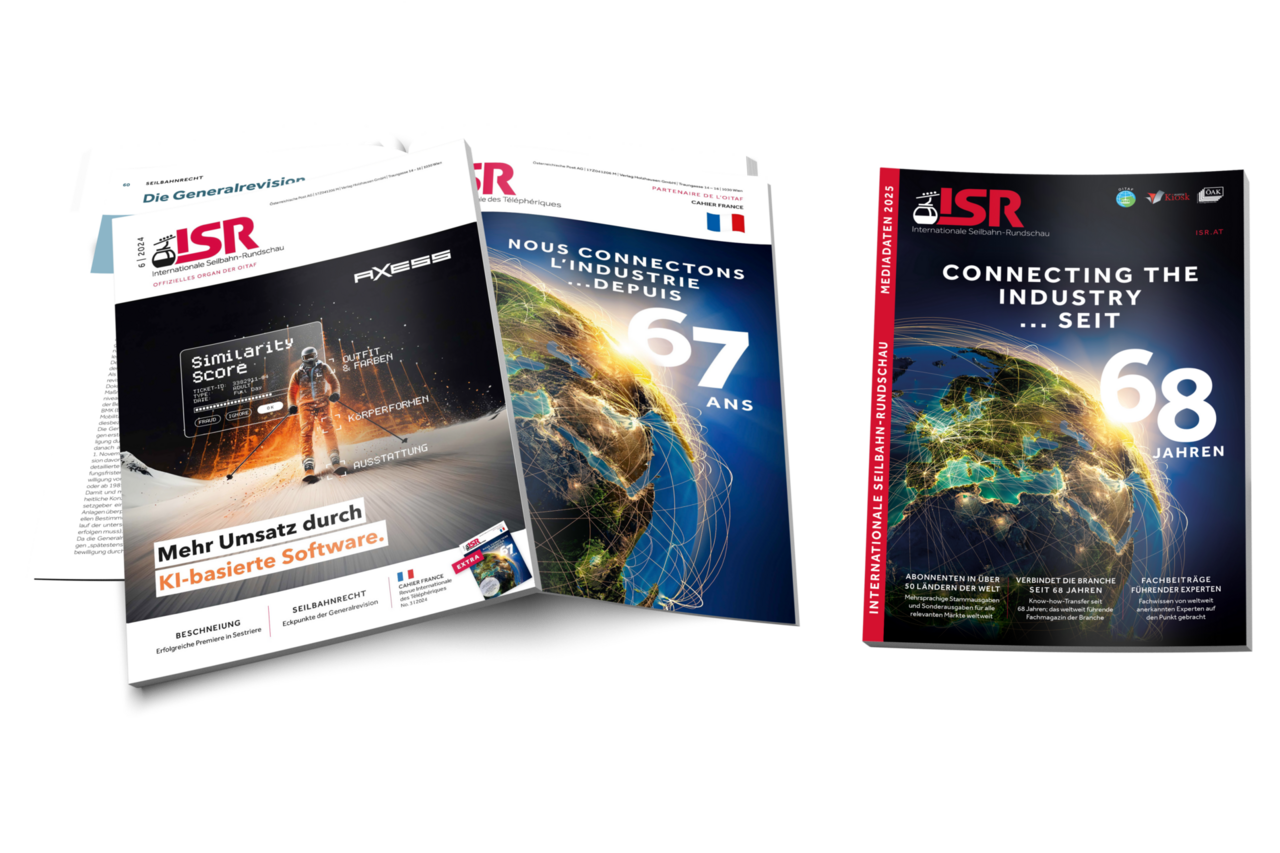ISR: Herr Falkner, last year many ski resorts had their revenues hit by the pandemic. On top of that, ropeway operating companies now find themselves confronted with exorbitant increases in energy prices. What options do you have as a ropeway operator?
Jakob Falkner: There is no way to sugarcoat the fact that the pandemic has had devastating effects on the industry and that the drastic increase in the price of electricity is a major challenge. But the fact is that tourism and ropeway industries will always have a long-term orientation. Over the past 30 years, we have consistently had good times and we have become accustomed to the idea that “the only way is up”. At times of crisis, in particular, we see how important it is to do your entrepreneurial homework over a long period of time. This applies in particular to such aspects as product innovation, capital investment, human resources and service quality. In order to finance all this and to continue to develop, you naturally need the corresponding revenues.
ISR: Energy security has become a key issue for ropeway operators. How can this be guaranteed in the long term?
Jakob Falkner: In the mountains, we have enormous potential for hydropower generation. In practice, however, we are not allowed to exploit this potential. At the moment our situation is like forbidding Arabs to sell oil. We have the resources for environmentally friendly power generation right on our doorstep, but at the present time we can’t utilize them. The de facto monopolies and bureaucratic hurdles must be eliminated so that ropeway operators and tourist regions can handle their power supply themselves, and the necessary regulatory framework must be created now. Capital spending on our sources of renewable energy would make us more independent and help ensure that ropeways remain a viable business in the long term.
ISR: Do Bergbahnen Sölden intend to postpone planned investments in view of the revenue shortfall in the 2020/21 winter season?
Jakob Falkner: We are constantly investing in our lifts and cable cars, snowmaking, catering and the entire range of services for our guests. Last winter season – in the middle of the pandemic – we built two new eateries in the middle of the ski area, for example. We may be postponing some capital spending, but we still have the potential to continue with further development at Bergbahnen Sölden.
ISR: Does this also apply to the much-debated ropeway link between the Pitztal Glacier and Sölden, with an original project volume of 130 million euros?
Jakob Falkner: Our partner, the Pitztaler Gletscherbahn company, has requested an extension of the deadline until the end of this winter. I am still 120% behind the ski area interconnect and am pushing for it for all I’m worth. The link-up between the two ski areas is intrinsically logical – and it is fully in keeping with the needs and wishes of our guests. It affects only 0.6% of the total area of the Ötztal and Pitztal glaciers. For both valley communities, however, it is an investment in economic security for the next generation. For that reason alone, the decision should be taken by those people who are really affected – and not by people in Vienna, Berlin or Munich who are only marginally involved in the local situation and can sign an online petition with a click of the mouse.
ISR: Many observers see the pandemic as a turning point for tourism and an opportunity for a greater focus on qualitative growth …
Jakob Falkner: That is a very superficial view. We have, of course, always looked to achieve qualitative growth by improving the products and services we offer our guests and thus increasing our value added. But in order to develop further, we also need quantitative growth. There remains enough to be done with regard to our capacity utilization and occupancy rates over the year, for example. The accommodation in Austria’s tourism sector is only occupied for an average of 130 days a year, i.e. it stands empty for about two-thirds of the year. Something has to be done about that. What industrial company would be happy with production facilities utilized at only one third of capacity?
ISR: If you take a look at the German-language media, the ropeway industry has been the subject of massive criticism for quite some time. What is going wrong here?
Jakob Falkner: I think that many media people only consider the issue superficially and from a distant perspective. Even Austrian journalists and opinion leaders are not sufficiently aware of the position occupied by Austria’s ropeway and tourism businesses in the Alps in general. It should be remembered that Austria accounts for more than 50% of all incoming international visitors to the Alps in winter. This shows the enormous importance of Austria’s winter sports resorts. In which other sector of the economy is Austria the world leader? As an industry, we must make sure this leading position is communicated much more effectively.
ISR: Many industries are now competing with one another to attract personnel. How should the ropeway industry position itself in this respect?
Jakob Falkner: The trend towards summer tourism is not only making a growing contribution to our revenues. Bergbahnen Sölden have also greatly expanded their summer operations so that we can retain employees throughout the year. Apart from that, we need to better communicate the benefits of jobs in tourism and the ropeway industry. We have an emotional product, one that employees can fully identify with – in a unique environment with a wide range of after-work leisure pursuits right on the doorstep. For my part, I’d rather work 60 hours a week in tourism than 40 hours in industry somewhere.
ISR: Marketing communications are primarily targeted at potential guests …
Jakob Falkner: Yes, and we need to extend our marketing activities to include employees more. But in terms of visitor marketing, too, we still have plenty to do at Bergbahnen Sölden. It is not enough simply to offer our guests the best possible product in the form of ultra-modern cable cars, perfectly groomed trails and a full range of tourist attractions; we must communicate our products and services to the various target markets even more intensively than in the past. We must also invest in strengthening the Sölden brand. Ropeway companies can certainly learn a thing or two from the branded consumer goods industry – not least in terms of the size of their budgets. So we still have plenty to do, and we have the potential to do it. And that is precisely what makes our work so rewarding.
ISR: Thank you for the interview!
The interview took place on January 31, 2022.
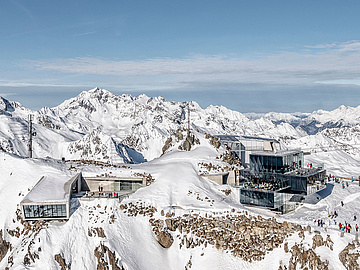
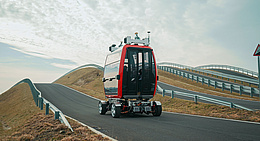
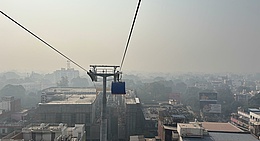
![[Translate to English:] (c) Doppelmayr](/fileadmin/_processed_/b/3/csm_85-ATW_Stechelberg-Muerren_Lauterbrunnen_CHE_001_6442c0520d.jpg)


